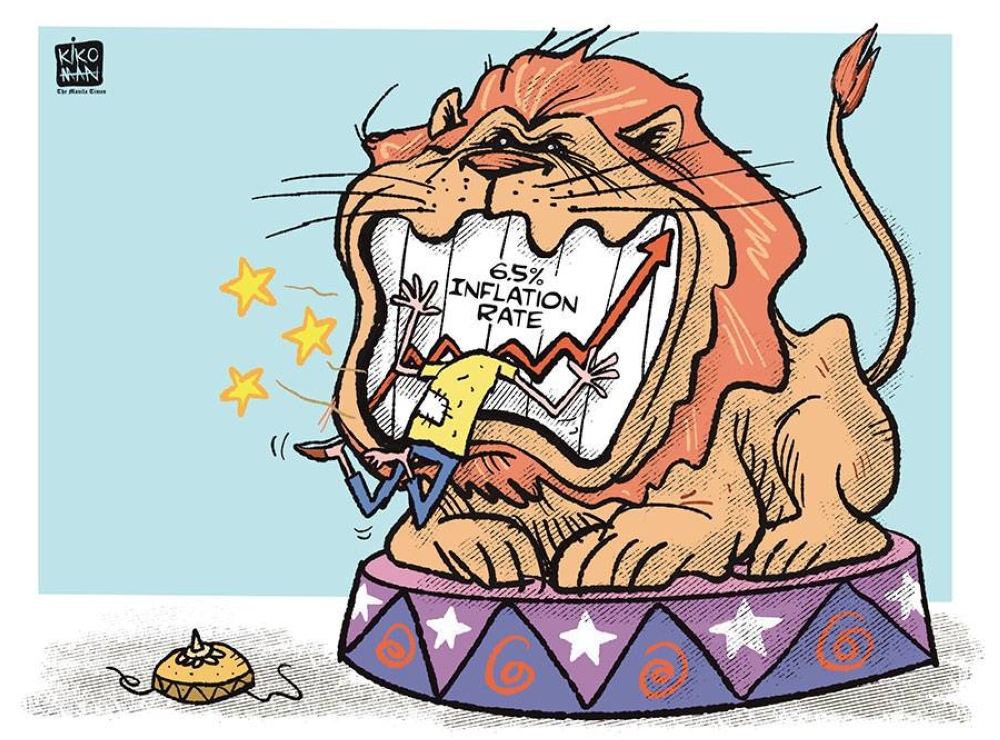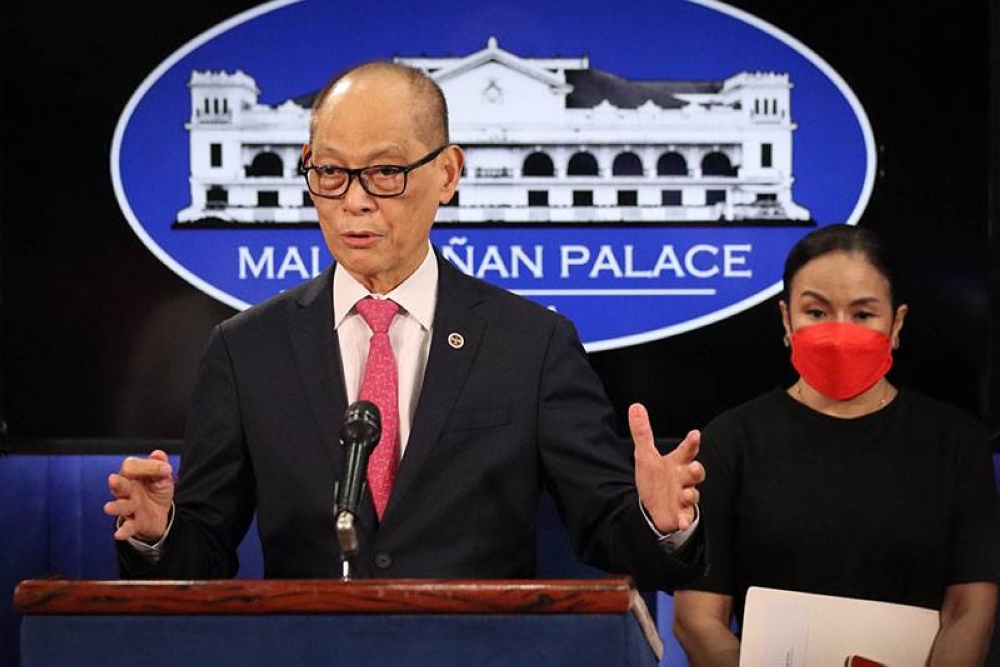NEWS|VIEWS | MANILA- Diokno still confident on economy | With high 6.5% Inflation rate, analysis is face saving of failed Gollum
Diokno still confident on economy
.
6.5% INFLATION RATE


 FINANCE Secretary Benjamin Diokno assured the public the Philippine economy is strong enough to withstand the aggressive interest rate increase implemented by the Bangko Sentral ng Pilipinas (BSP).
FINANCE Secretary Benjamin Diokno assured the public the Philippine economy is strong enough to withstand the aggressive interest rate increase implemented by the Bangko Sentral ng Pilipinas (BSP).On Thursday, he told reporters that the Development Budget Coordination Committee’s target gross domestic product (GDP) growth rate of 6.7 to 7.5 percent can “absolutely” absorb the off-cycle 75-basis-point hike in the central bank’s policy rate, bringing the overnight borrowing, deposit and lending rates to 3.25 percent, 2.75 percent and 3.75 percent, respectively, effective June 24, 2022.
 Memento Maxima Digital Marketing @[email protected] SPACE RESERVE FOR ADVERTISEMENT
Memento Maxima Digital Marketing @[email protected] SPACE RESERVE FOR ADVERTISEMENTGiven the encouraging development of economic activity in the first few months of this year, Diokno noted “the economy continues to be robust to absorb the recent monetary policy rate increase.”
He said the GDP growth target rate has been set to be able to take into account the BSP’s varied pace of normalizing monetary policy.
The Finance chief further said that the economy was expanding at that rate prior to the pandemic, when the policy rate was at 4.00 percent.
“We estimate that the economy will be back to where it was before the pandemic by the middle of this year, or by the third quarter of 2022 at the latest. The BSP simply accelerated the normalization process,” he added.
The continuation of relaxed quarantine regulations, Diokno pointed out, as well as the beneficial effects of structural reforms like the Public Service Act, Retail Trade Liberalization Act, Corporate Recovery and Tax Incentives for Enterprises Act, and Foreign Investments Act, are seen as supporting the growth outlook.
“The NG (national government) will continue to adopt a gradual and calibrated path of fiscal consolidation to help preserve the strong growth momentum,” he added.
On economic prospects, the Philippines is expected to expand at a faster rate than any of its neighbors in the Asean+3 region over the next two years, and second quickest in the Asia-Pacific region, behind India, the Department of Finance secretary stressed.
Asean+3 is the Association of Southeast Asian Nations plus Japan, China and South Korea.
In measuring an economy’s resilience, he further said the debt-to-GDP ratio is not the sole criterion that matters, but the economic fundamentals of the country should be considered.
“The demographic profile of the country matters — young or aging. Resiliency matters — how did it perform in previous crises? Is the economy dependent on many or limited sources [tourism, coffee, agricultural exports]? Quality of added institutions democratic or authoritarian?),” Diokno added.
In the Philippines, he said the fiscal and monetary authorities are in full control, the debt-to-GDP ratio is manageable, the banking sector is strong and well capitalized, and the nonperforming loans ratio, which is already low, is continuing to decline.
 Memento Maxima Digital Marketing @[email protected] SPACE RESERVE FOR ADVERTISEMENT
Memento Maxima Digital Marketing @[email protected] SPACE RESERVE FOR ADVERTISEMENT-
HSBC unit ups PH growth outlook to 6.5%
The banking industry has also built in enough buffers, the external sector remains robust, and the gross international reserves is more than enough and there is a steady structural inflow of the foreign exchange, he added.
“Politically, there has always been a smooth transfer of power. The new president and vice president — who belong to the same party — was overwhelmingly voted into office. Compare that with other countries,” the Cabinet member also said.
-
Better fiscal measures to be employed
.

Ads by: Memento Maxima Digital Marketing
@[email protected]
SPACE RESERVE FOR ADVERTISEMENT










